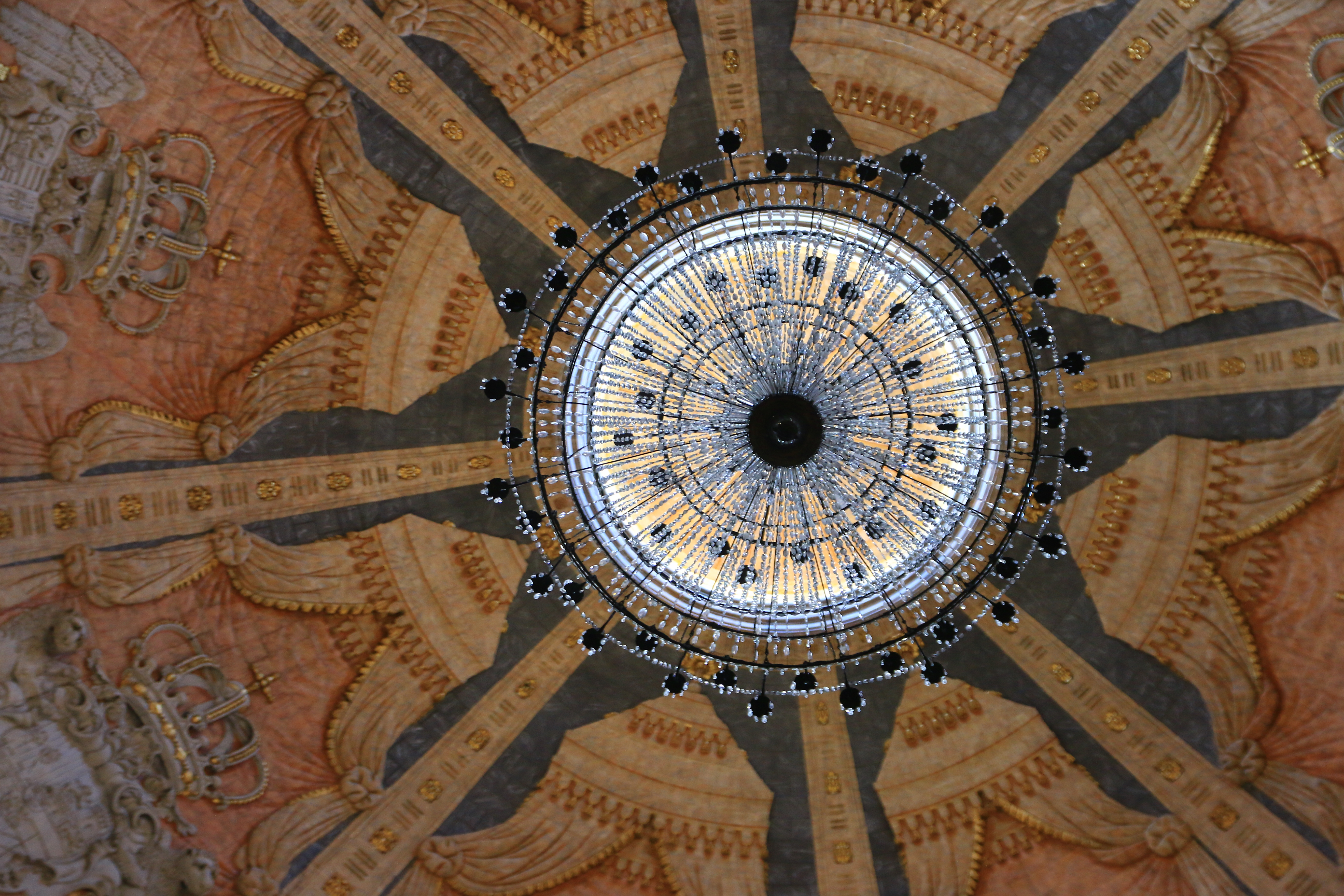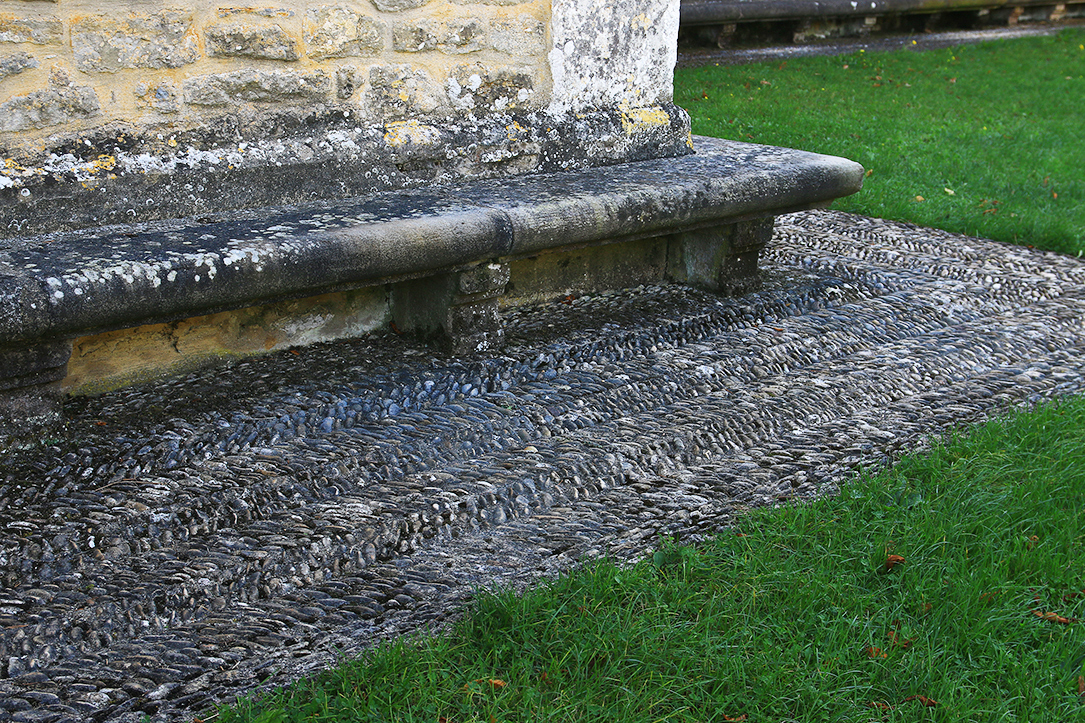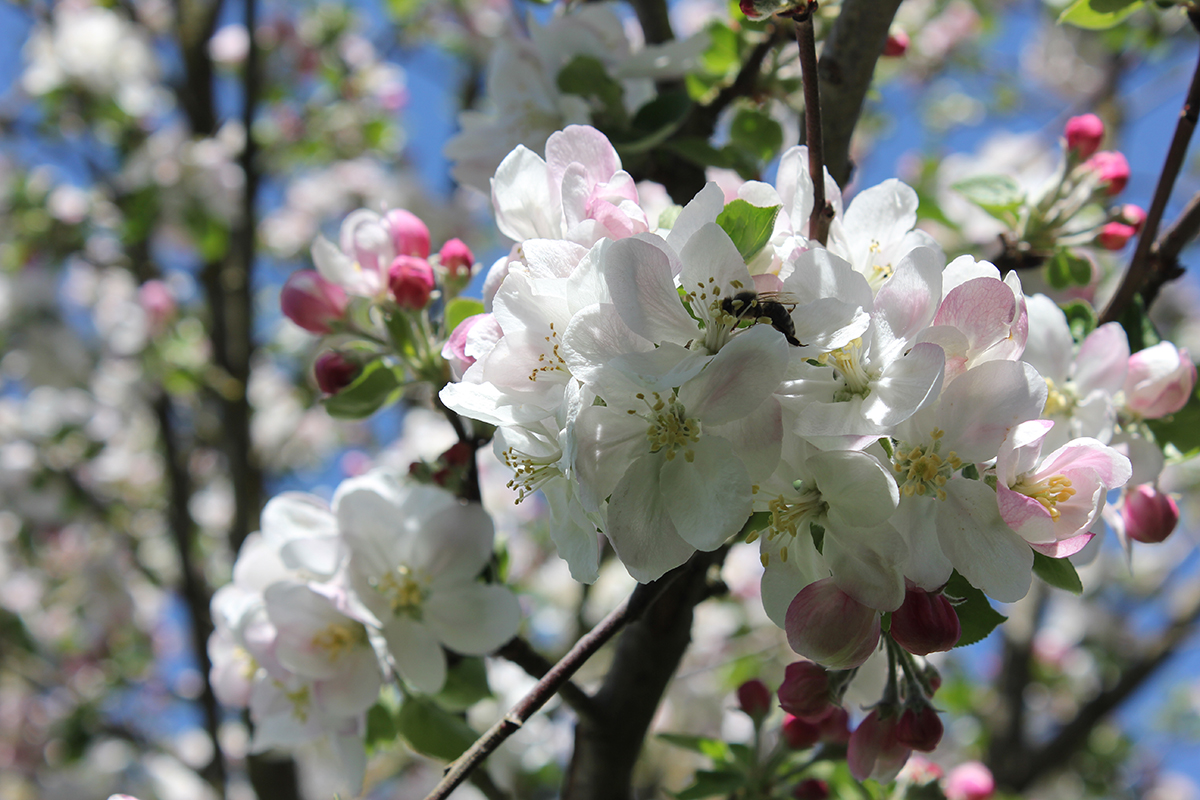Archives

Hirūdinēs. Dioscorides’ De Materia Medica. Salamanca, 1563. Eukal Biblioteka. Labayru Fundazioa.
Bloodletting is claimed to have been a most common and ancient medical practice, its use being gradually relegated to the margins of conventional medicine over the years.
Two main methods were employed: one or more superficial veins were opened with a lancet to let the blood flow out in a controlled manner; alternatively, living leeches —widely known, in Basque, as uzanak or izainak— were applied to safely remove impure or congested blood. (more…)

Loyola (Gipuzkoa). José Ignacio García Muñoz. Labayru Fundazioa Photographic Archive.
In a previous post we revisited sacred places popular with pilgrims as prevention and cure for sickness. On this occasion we focus on pilgrimage destinations for infertile women and children with disorders. These are old-time practices that have gradually been abandoned over the years.
Infertility was almost considered a disgrace in traditional society, and primarily, if not exclusively, attributed to women. Children were a blessing for the continuity of the family line, while providing a helping hand with domestic chores. Not surprisingly, married women eagerly yearned for a family of their own, and those who could not bear children sought the intercession of the Virgin and the saints. (more…)

Estibalitz (Álava). José Ignacio García Muñoz. Labayru Fundazioa Photographic Archive.
Health comes first. Disease prevents us from living a full life. According to Christian faith, God is the source of life, and as a consequence, it is ultimately him who preserves us and delivers us from sickness. Based upon that conviction, the sick and the disabled observed religious practices, attended worship, made promises and went on pilgrimage to certain hermitages and sanctuaries as prevention and cure for sickness. (more…)

Fruit tree in full bloom. Luis Manuel Peña. Labayru Fundazioa Photographic Archive.
Just as a house was not a home unless it contained a hearth, blood was regarded as the very essence of life and health for people and farm animals alike. Indeed, there is an old saying that ‘a house without fire is like a body without blood’, its documented Basque equivalent being su bako etxea, gorputz odolbagea.
Blood also refers to emotions and temperament, especially when passionate. Thus, for instance, we say that someone who annoys us ‘makes our blood boil’, odolak irakiten deusku, or that someone ‘seems to have no blood in his veins’, odolbakoa da, to suggest that nothing upsets or moves him, or that he lacks passion and verve. There are plenty of similar expressions that we use, almost without realizing it, in everyday language. (more…)

